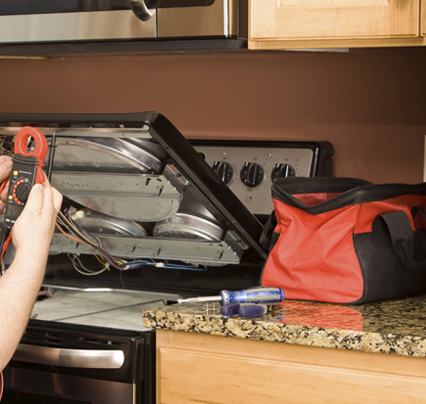Creating Effective Home Care Policies: A Comprehensive Guide
Home care policies are essential for ensuring high-quality care, regulatory compliance, and the safety and well-being of both clients and caregivers. Effective policies provide clear guidelines and procedures that help maintain consistency and standards in home care services. This comprehensive guide will walk you through the key elements of creating effective home care policies.
Understanding the Importance of Home Care Policies
Home care policies serve as the foundation for the operations of a home care agency. They outline the standards, procedures, and expectations for both caregivers and clients, ensuring that everyone understands their roles and responsibilities.
Key Elements of Home Care Policies
1. Caregiver Training and Certification
Importance of Training
Proper training is critical for caregivers to provide high-quality care. Policies should specify the required qualifications, training programs, and ongoing education for caregivers.
Implementation
Develop comprehensive training programs covering essential skills, such as personal care, medication management, and emergency procedures. Regular assessments and recertification ensure caregivers stay updated with the latest care practices.
2. Client Assessment and Care Planning
Initial Assessment
A thorough initial assessment helps determine each client’s specific needs. Policies should outline the procedures for conducting assessments, including the tools and criteria used.
Care Plan Development
Based on the assessment, develop a personalized care plan for each client. This plan should detail the services to be provided, the goals of care, and the roles and responsibilities of caregivers.
3. Health and Safety Protocols
Infection Control
Infection control policies are crucial for preventing the spread of diseases. Include guidelines for hand hygiene, use of personal protective equipment (PPE), and cleaning and disinfection procedures.
Emergency Preparedness
Emergency preparedness policies ensure caregivers are ready to handle emergencies such as medical crises, natural disasters, and other unexpected events. Include training on emergency procedures, evacuation plans, and communication protocols.
4. Client Rights and Confidentiality
Client Rights
Clients have the right to receive respectful and dignified care. Policies should outline these rights, including privacy, informed consent, and decision-making autonomy regarding their care.
Confidentiality
Maintaining client confidentiality is paramount. Specify how client information is collected, stored, and shared, ensuring compliance with privacy laws such as HIPAA.
5. Medication Management
Safe Administration
Medication management policies ensure medications are administered safely and correctly. Include guidelines for storing, documenting, and administering medications, as well as procedures for handling medication errors.
Training and Supervision
Provide specialized training in medication management for caregivers. Regular supervision and audits help ensure adherence to medication protocols.
6. Reporting and Documentation
Incident Reporting
Policies for reporting and documenting incidents, such as falls or medical errors, help identify areas for improvement and ensure accountability. Include procedures for immediate reporting, investigation, and corrective actions.
Documentation Standards
Accurate and thorough documentation is essential for continuity of care. Outline standards for documenting client interactions, care provided, and any changes in the client’s condition.
Steps to Develop Effective Home Care Policies
Step 1: Identify Key Areas
Begin by identifying the key areas that need policies, such as training, health and safety, client rights, and medication management.
Step 2: Research Regulatory Requirements
Research the regulatory requirements in your state or region to ensure your policies comply with local laws and regulations.
Step 3: Involve Stakeholders
Involve caregivers, clients, and other stakeholders in the policy development process to ensure that the policies are practical and address the needs of all parties.
Step 4: Draft and Review Policies
Draft the policies and review them with key stakeholders. Make necessary revisions based on feedback to ensure clarity and effectiveness.
Step 5: Implement and Train
Implement the policies and provide training to caregivers and staff to ensure they understand and adhere to the guidelines.
Step 6: Monitor and Update
Regularly monitor the effectiveness of the policies and update them as needed to reflect changes in regulations or best practices.
Conclusion
Creating effective home care policies is crucial for ensuring the safety, well-being, and satisfaction of clients and caregivers. By following the steps outlined in this guide, home care agencies can develop comprehensive policies that support high-quality care, regulatory compliance, and continuous improvement in their services.






